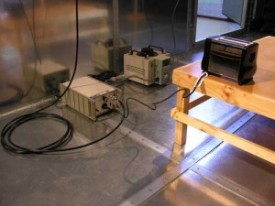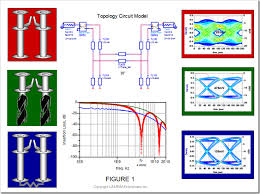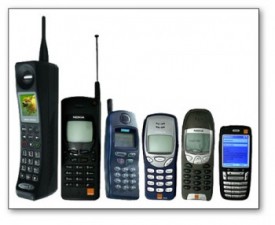The Future as Compliance Engineers
Little time is spent on thinking about our future as compliance engineers, whether it will be 10, 25 or even 50 years from now. Too often we get caught up in details of our daily work without considering exciting opportunities that will develop. There are however several items one must recognize in order to be a successful engineer in the unknown future. The most critical item is to “Open our minds to a new way of thinking”. There is always more than one way to solve a problem. Creativity is a wonderful thing.
To be successful:
- Embrace advances in technology with high levels of enthusiasm. Doing the same thing over and over will become boring after several years. Look to advances in technology as opportunities to have fun, even if it means spending long hours to learn something that you have never had exposure to, such as quantum physics (hint-nanotechnology devices or quantum computing).
- Minimize use of electricity and the need to build more power plants, especially those using coal which pollutes our environment; must use renewable sources. The world has a voracious appetite for electricity and there is a finite number of power generating plants with a fixed amount of power that can be generated along with an aging transmission line infrastructure that may fail in the near future due to various reasons.
- Specializing within electrical engineering, such as only EMC compliance or printed circuit board design, hinders our ability of being a solid engineer by not understanding other areas of the field such as material science, physics and thermodynamics.
- Being able to work with fellow engineers with different specialties, such as speaking their language or understanding their unique talents and ways of doing design and development is becoming critical since engineering teams are now located all over the world.
- Joining professional Societies with intent of advanced or continued education and networking. Networking is a great way to not only ask, but receive help should a difficult problem arise and there is no easy answer that you are aware of. There is always someone with higher levels of knowledge out there, and they love to answer questions.
What EMC engineers now face will surely not be the same in the future. This includes higher levels of complexity with logic design as well as regulatory requirements. What is however critical for success in the future is continuing education and networking.





